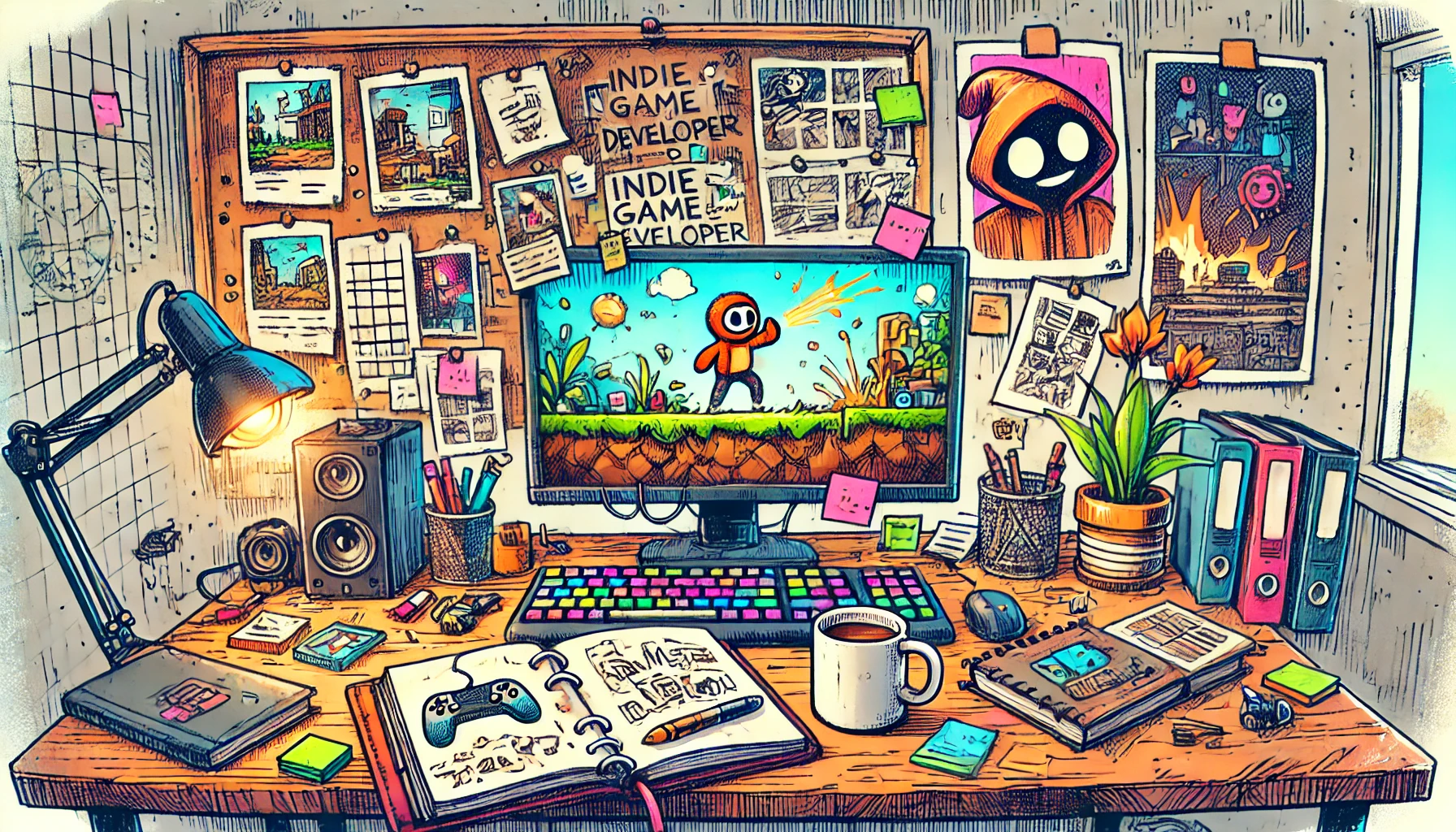Developing a game as an indie studio is an adventure filled with excitement, creativity, and challenges. Unlike large studios with vast resources, indie teams must wear multiple hats, from coding and designing to marketing and community building. The road isn’t always smooth, but that’s what makes it so rewarding.
One of the biggest challenges is time management. With small teams, every feature, bug fix, and iteration takes time, and balancing development with personal life can be tricky. Prioritization and setting realistic milestones are key to staying on track. Creating a development roadmap, setting short-term and long-term goals, and utilizing project management tools can help streamline workflow and keep everyone aligned.
Another major hurdle is funding. Many indie developers work with limited budgets, often relying on savings, part-time jobs, or crowdfunding. Making strategic decisions about where to invest time and money—whether in art, marketing, or polishing mechanics—can define a game’s success. Crowdfunding platforms like Kickstarter or Patreon can help studios connect with passionate players willing to support their vision. Additionally, securing grants or publisher deals may be a viable route for financial backing.
One of the most rewarding aspects of indie development is creative freedom. Without the constraints of large publishers, indie teams can take risks, explore unique ideas, and create something truly personal. Whether it’s a deeply emotional narrative, an innovative gameplay mechanic, or a quirky art style, indie games often push the boundaries of what gaming can be.
Despite the challenges, the freedom to experiment, tell unique stories, and engage directly with players makes indie development incredibly fulfilling. Each milestone, no matter how small, is a step closer to bringing a vision to life.
Stay tuned as we share more insights into our own development journey!

